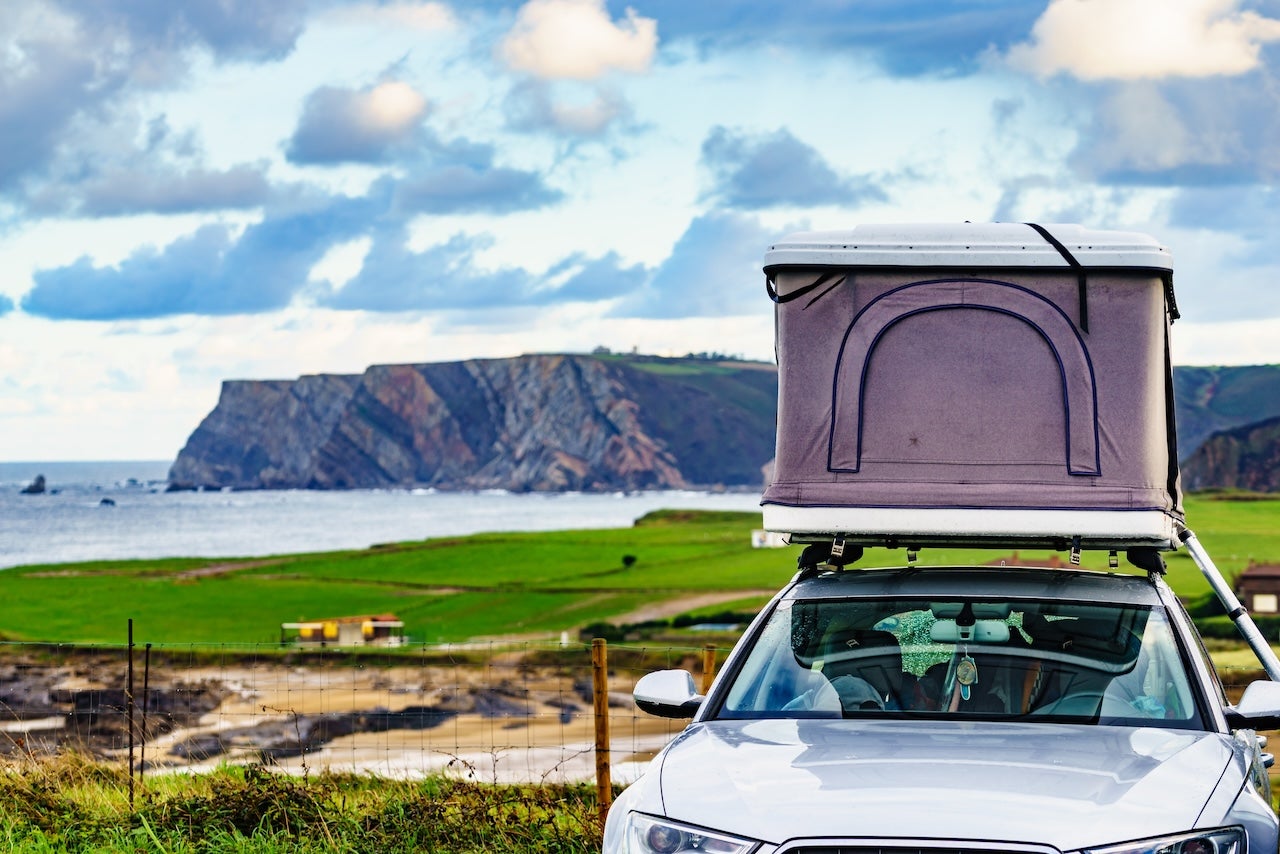Rooftop tents have surged in popularity among outdoor enthusiasts. By elevating the sleeping quarters above the ground, these rooftents offer a blend of convenience, comfort, and versatility that traditional ground tents can struggle to match. As more campers embrace the freedom of off-road adventures and spontaneous road trips, rooftop tents have become increasingly popular, promising easy setup, enhanced protection from the elements, and an elevated view of the great outdoors. However, like any specialized gear, they come with their own set of advantages and trade-offs. In this feature, we’ll delve into rooftop tent pros and cons, exploring their impact on camping experience, vehicle handling, and budget considerations.
Rooftop Tents Pros and Cons

One of the most compelling advantages is the convenience rooftop tents offer. Unlike ground tents, which often require a time-consuming setup process, rooftop tents can be deployed in minutes. Many models are designed with simplicity in mind—just pop open the tent, extend the ladder, and you’re ready to sleep. This is particularly beneficial after a long day of driving or hiking when energy levels are low and the last thing you want is a struggle with tent stakes and uneven ground. In addition to the ease of setup, rooftop tents come with built-in mattresses that provide a level of comfort far superior to what most ground tents offer. These mattresses are thicker and more supportive than traditional camping pads, ensuring a good night’s sleep and better insulation from the cold or damp ground.
Related: The Best Overland Gear for Exploring the Outdoors
The elevated position of rooftop tents provides several advantages. Sleeping off the ground means you’re less likely to encounter pests like ants, spiders, or even larger animals that could be an issue when camping in certain environments. Being above the ground also eliminates the need to worry about water pooling during heavy rain. With a rooftop tent, you can camp in places where setting up a ground tent would be impractical—rocky areas, muddy trails, or uneven fields—provided you take the time to level your vehicle. Additionally, rooftop tents are often constructed from heavier, more robust, weather-resistant materials. They’re designed to withstand harsher elements than many traditional tents, withstanding strong winds, rain, and even snow. This durability makes them a solid choice for adventurers who want to camp in more extreme weather conditions.
Another significant advantage is the space-saving factor. By mounting your tent on the roof, you free up the interior of your vehicle for additional gear, food, or supplies. This is particularly beneficial on longer trips where storage space becomes a critical concern. Whether you’re traveling solo or with companions, the ability to keep your gear organized and accessible can significantly improve your overall experience. Moreover, the versatility of rooftop tents, which can be mounted on a wide range of vehicles, adds to their appeal. Whether you’re driving an SUV, a truck, or even a more compact crossover, as long as you have a proper roof rack, you can turn your vehicle into a mobile campsite. This versatility means you can park in remote locations, far from established campgrounds, and still enjoy the comfort and security of a high-quality sleeping setup.
However, despite these considerable advantages, rooftop tents do have their share of drawbacks. The most immediate downside for many campers is the cost. Rooftop tents are significantly more expensive than traditional ground tents, with high-end models costing several thousand dollars. For casual campers or those on a budget, the investment may be hard to justify, especially when ground tents are available at a fraction of the price.

The weight of rooftop tents also presents challenges. Even lighter models are heavier than most ground tents, and they require a sturdy roof rack and proper vehicle preparation. This added weight affects a vehicle’s handling, especially when off-roading. The higher center of gravity can make a vehicle feel less stable, particularly on winding roads or uneven terrain. Drivers need to be mindful of this, as the weight can also impact braking distance and overall maneuverability. Additionally, rooftop tents are known to reduce fuel efficiency. The extra weight combined with the added wind resistance of having a large, boxy structure on top of the vehicle leads to increased drag, which in turn causes the engine to work harder and burn more fuel. For those embarking on long road trips, this can significantly increase the cost of travel.
Related: The Best Traction Mats and Recovery Boards for Off-Road and Overlanding
Another major downside is the accessibility of rooftop tents. While being elevated has its perks, climbing in and out of the tent via a ladder can be cumbersome, especially in the middle of the night or during inclement weather. For older campers or those with mobility issues, the ladder can be a serious obstacle, making rooftop tents less practical. Additionally, once the tent is set up, your vehicle is essentially immobile. If you need to run into town or take a side trip, you’ll have to pack up the tent, which can be inconvenient if you plan to stay in the same spot for several days. This lack of flexibility can be frustrating for campers who like to explore the area surrounding their campsite without the hassle of breaking down their sleeping quarters.
Driving in urban areas or low-clearance environments with a rooftop tent also presents challenges. Even when folded, rooftop tents are bulky and add considerable height to your vehicle. Parking garages, drive-thrus, or even tree branches on narrow streets can become hazards. In this way, while rooftop tents shine in remote, open areas, they can become a hindrance when navigating more developed spaces.
To Sum it Up – Is a rooftop tent right for you?
Pros of Rooftop Tents:
- Convenience: Quick and easy setup, often deployable in minutes.
- Comfort: Built-in mattresses provide superior insulation and comfort compared to ground tents.
- Elevation: Keeps you off the ground, reducing exposure to insects, critters, and uneven terrain.
- Durability: Generally constructed from heavy-duty materials, able to withstand harsh weather conditions.
- Space Efficiency: Frees up vehicle interior space for gear and supplies.
- Versatility: Can be mounted on various types of vehicles, expanding your camping locations.
Cons of Rooftop Tents:
- Cost: Higher price point compared to traditional ground tents, often several times more expensive.
- Weight: Adds significant weight to the vehicle, impacting handling and requiring a robust roof rack.
- Fuel Efficiency: Increased wind resistance and weight can reduce fuel efficiency.
- Accessibility: Climbing in and out via a ladder can be cumbersome, especially for those with mobility issues.
- Mobility: Once set up, the vehicle becomes less mobile and may require dismantling the tent for side trips.
- Size Limitations: May limit parking and maneuverability in urban or low-clearance areas.
Despite these cons, rooftop tents remain a highly sought-after piece and work well for a subset of off-roaders and overlanders. Their comfort, durability, and ability to camp almost anywhere make them a compelling choice for those who prioritize convenience and are willing to accept the compromises that come with them. However, like any significant outdoor investment, they are not for everyone, and prospective buyers should weigh these pros and cons carefully before making a decision.

 Your Privacy Choices
Your Privacy Choices